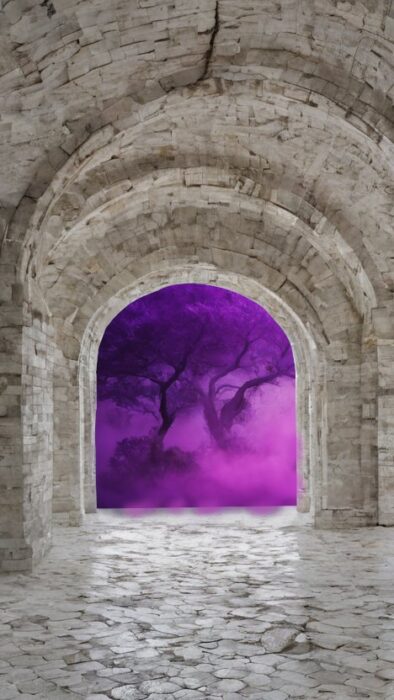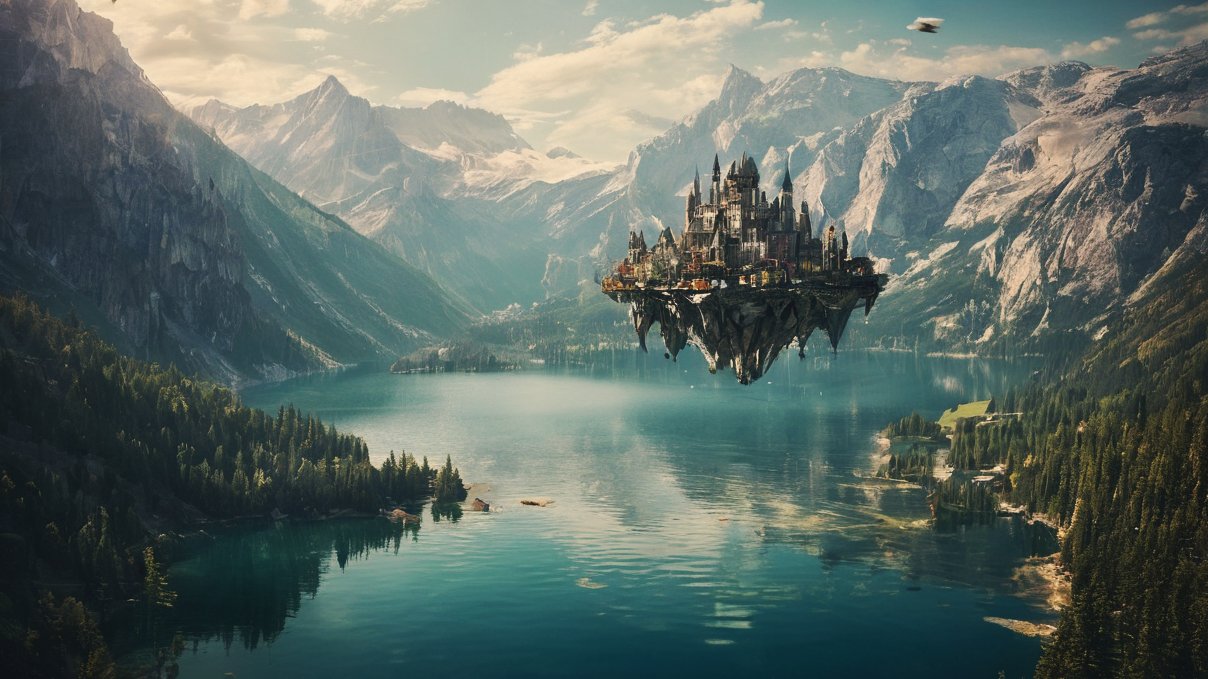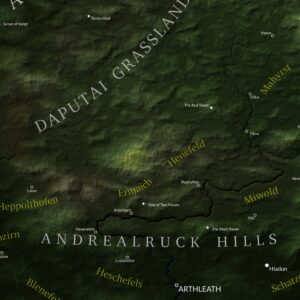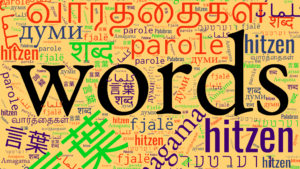This is part one of a summary provided by the Norhaven Institute about the lead up and background to the Battle of the Strand.
Please check out Part two (available here) to find out what happened and the ramifications. Some that are still being felt thousands of years later, and directly affect the journey of all the characters in my world across the different eras.
Table of Contents
The Aonna
By the latter stages of the Third Age, the Aonna (Unnu, in the Murgaen language) had spread across much of the world. Thanks to the gifts imparted by Choalú, the Aonna soon replaced most of the other races of humankind. They were smarter and more adaptable thanks to their language skills and the tools they had learnt to produce.
However ultimately, the Aonna became a fractured people. Over time, their language contorted and changed as they wandered farther and farther from one another. They even began to look different, with distinctly shaped faces, and bodies. Some grew taller, others shorter. Many of their other features too became discrete, like the colour of their skin. It differed greatly in its tones: from the purest white, like the complexion of the Elfs, to the darkest of blacks, like ebony, tree they had discovered in the northern lands.
Some say that this was only natural, given the different climates they lived in. The darkest ones living in the hot, dry areas, and the lightest dwelling amongst the snow and ice. However, others say that such great changes would not have happened so quickly, that the people were changed and moulded by supernatural entities: demons, devils, dragons, and other fell creatures.
Which is true, none know. There are not even any faerie records from that time, for the Elfs had become isolated, preferring to dwell in their home at Sidharan instead of exploring the world as they had during the Second Age. And then the Aonna encountered The Giant Empire.
The Adgnüdüllekri
The Adgnüdüllekri was a vast empire. At its height, it nominally controlled half the world, although in reality that extended to isolated pockets of total control with broad stretches of little to no influence. Giants at that time, were great manipulators of Chaos, what humans now call magic. Their abilities rivalled that of the Elfs at the height of their power.
The Adgnüdüllekri was a place of great floating metropolises in the sky, as well as cities beneath the waves. It’s populace cared little for conquering, doing so only as a means of expanding their access to resources. They also sought for new slaves to work the empire’s massive fields and mighty mines.
During the later stages of their empire, the Giants preferred to create their own workers. It is said that this is how goblins, ogres and trolls all came into being through the manipulation of animals, beasts, and even some of the non-Aonna humans.
The Aonna too were initially treated with similar indignity. Unable to defeat the power of the Giant’s magic, many of them succumbed and became enslaved. Some were experimented upon and transformed through the use of sorcery and forced breeding. It is said that Hobgoblins were bred in this way, and perhaps the dwarfen peoples as well.
However, the Aonna adapted more quickly than their forebears. They formed small armies and built defences. In this way they were able to gain a foothold against the Giants. But it was a losing prospect. They were slowly driven back as the Giant Empire expanded. The only true advantage the Aonna possessed was their ability to out-breed the Giants, who bred in small numbers and took much longer to reach maturity.
For perhaps a thousand years the war raged, the Aonna gradually being driven back. However humanity consistently learnt the arts of war from the Giants. But it was in the arcane arts that humanity progressed the most. At the beginning of the war even the most skilled human mage could barely cause a knot to untie or create a brief flash of light. By the war’s ending, humans were more than a match for the giants. It was said, that the most gifted human mages were second only to dragons in their skill.
The War Between the Humans and the Giants
The tide had turned, and gradually the Giants were pushed back. Past where the Aonna first encountered them, more than a thousand years ago, toward the core of the empire itself.
The Giant’s city of Steńŕini had once marked the very edge of the empire. It was the first of the flying cities that the human armies had encountered. Located above a small island situated on a long lake, the Giants drew up their armies of goblins, hobgoblins, dwarfs, trolls and ogres between them and the humans. They believed the city would be unassailable. They believed they could turn the tide of the war again, and drive the invading armies from their lands. They believed wrongly.
While the battle between the armies and humanity and the giants was intense, it was but a feint. A distraction meant to lure any attention away from the small arcane force sneaking towards the lake. Once within range the human mages did what humans have long done, and still do: they drove straight to the heart of the problem. They dispelled the powerful magics that kept Steńŕini aloft.
The city crashed to earth, some onto the island, but most into the water of the lake. It is said that this is cause of the giant’s fear of water. Many of the giants across the empire were connected psychically with those in Steńŕini, and so experienced the drowning as if it were first-hand.
Not all those in Steńŕini died. Some, especially many of their greater mages, were able to survive the fall. Yet the loss of so many at once caused all of giant-kind to go mad.

Of those parts of the city that had crashed onto the island, only a few minor structures survived intact. Amongst them, included a section of the basement from beneath the city’s gubernatorial palace. Within it was an arch, a portal that allowed travel between the other giant cities, all in the blink of an eye. Some have said it even allowed the giants to pass between worlds. Ëĺüklõdülnünyüryerjlek it was called in the Giant language of that time, meaning a door with the dream of a hundred worlds. And while the portal had been broken by the fall, it still harboured great arcane forces.
The Giant’s armies crumbled at seeing the fall of their great city. The Humans massacred them as they drove toward the ruined city seeking the enter the heart of Giantdom.
The surviving giant mages, in their desperation and madness, used their collective magics upon the Ëĺüklõdülnünyüryerjlek, seeking help. They reopened the portal, but without any of the usual safeguards. Other giant cities did the same, hoping to at the very least provide some defence against the human onslaught.
Within the Chaos, it is said that the portals chimed like great gongs, and shone like beacons, as bright as the sun. They were heard and seen even at the farthest reaches of the Chaotic maelstrom.
The Giants hoped to attract the attention of allies. Instead, they released hordes of demons upon the world.














1 comments.
[…] summary provided by the Norhaven Institute about the key events to the Battle of the Strand. Please check out part one for background information about the […]